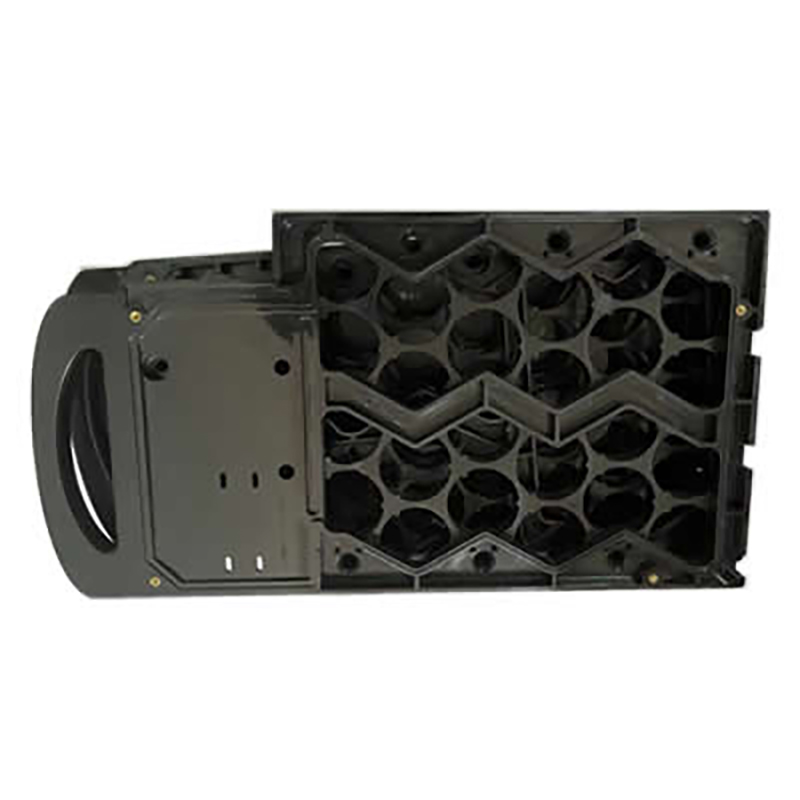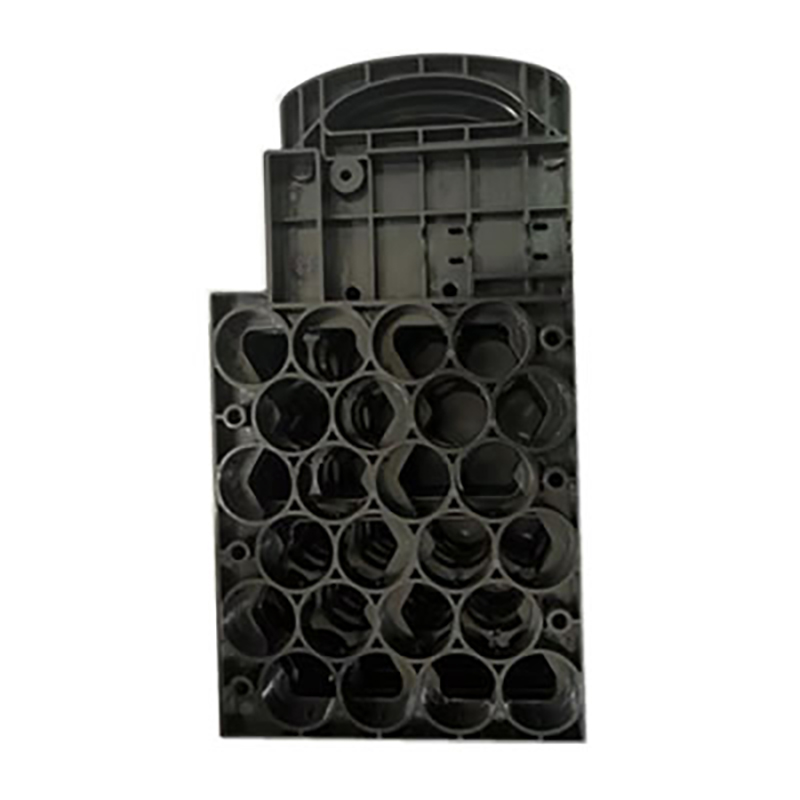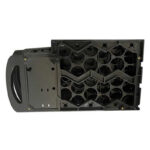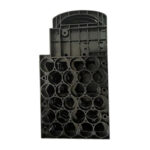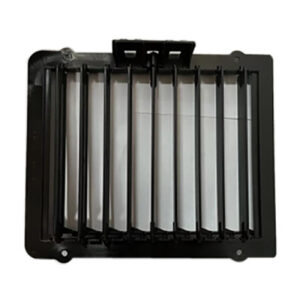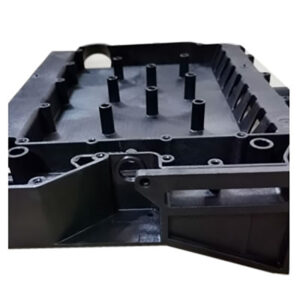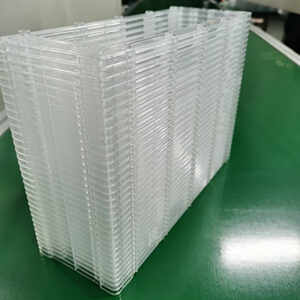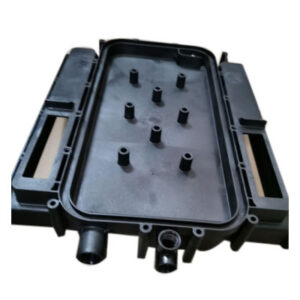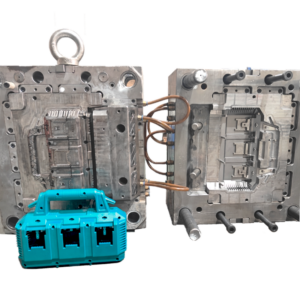New Energy Vehicle Battery Plastic Shell
The New Energy Vehicle Battery Plastic Shell is an essential element in electric and hybrid vehicles, serving to protect the battery modules while ensuring they function optimally. Its material properties, design, and manufacturing precision are crucial in maintaining the safety, reliability, and performance of the entire battery system within these vehicles.
The material selection for the New Energy Vehicle Battery Plastic Shell is a critical consideration:
- High-Temperature Stability: Battery systems typically operate in high-temperature environments, so the shell material must exhibit excellent high-temperature stability to ensure it retains its strength and shape.
- High Strength: Given that the shell needs to bear the weight of the battery modules and potential vibrations, the material must possess high strength to prevent deformation or fracture.
- Chemical Stability: The shell material must be able to resist the chemicals that may be present within the battery to avoid adverse reactions with battery fluids or other elements.
- Flame Retardant Properties: Considering the safety of the battery system, the shell material often needs to have flame retardant properties to reduce the risk of fires.
- Sealing Capabilities: The shell must provide effective sealing to prevent external elements from entering the battery system and to ensure the insulation of the battery modules.
- Lightweight: Material lightweight characteristics help reduce the overall weight of the battery system, improving the efficiency of electric vehicles.
Common materials used in the production of New Energy Vehicle Battery Plastic Shells include:
- Polyether Ether Ketone (PEEK): PEEK offers excellent high-temperature stability, high strength, and chemical resistance, making it a common choice for applications that demand high-temperature resistance and strength, such as battery casings.
- Polyimide: Polyimide materials possess exceptional high-temperature performance and chemical stability, often used for applications requiring high-temperature resistance and strength, such as battery casings.
- Polystyrene (PS): PS is a common engineering plastic suitable for applications with lower temperature and non-structural requirements. It is typically used in disposable battery casings.
- Polypropylene (PP): PP is a lightweight material with good chemical stability, often employed in battery casings for applications that do not require extremely high strength.
- Polycarbonate (PC): PC materials offer good impact resistance and transparency, making them suitable for battery applications requiring transparent casings or higher impact resistance.
- Other Engineering Plastics: There are additional engineering plastics such as Nylon and modified polyolefins that can be used for battery casings based on specific requirements.
Our capabilities and technology in the production of New Energy Vehicle Battery Plastic Shells are marked by specific and intricate details, encompassing the following:
- Engineering Design and Consultation
- Material Selection and Supply
- High-Precision Injection Molding
- Two-Shot Injection Molding Technology
- Customized Design and Manufacturing
- Quality Control and Testing
- Project Management and Transparency
- After-Sales Support and Continuous Improvement
